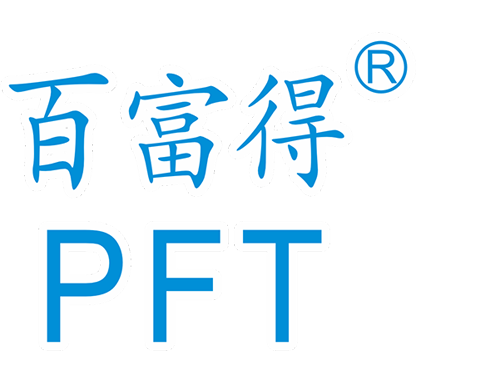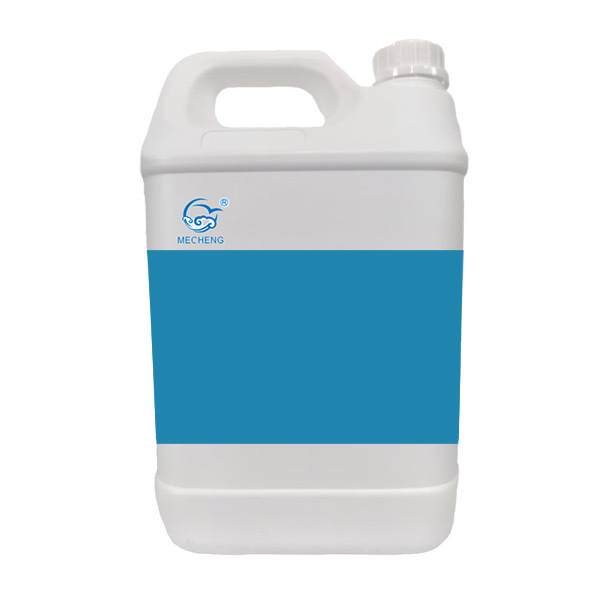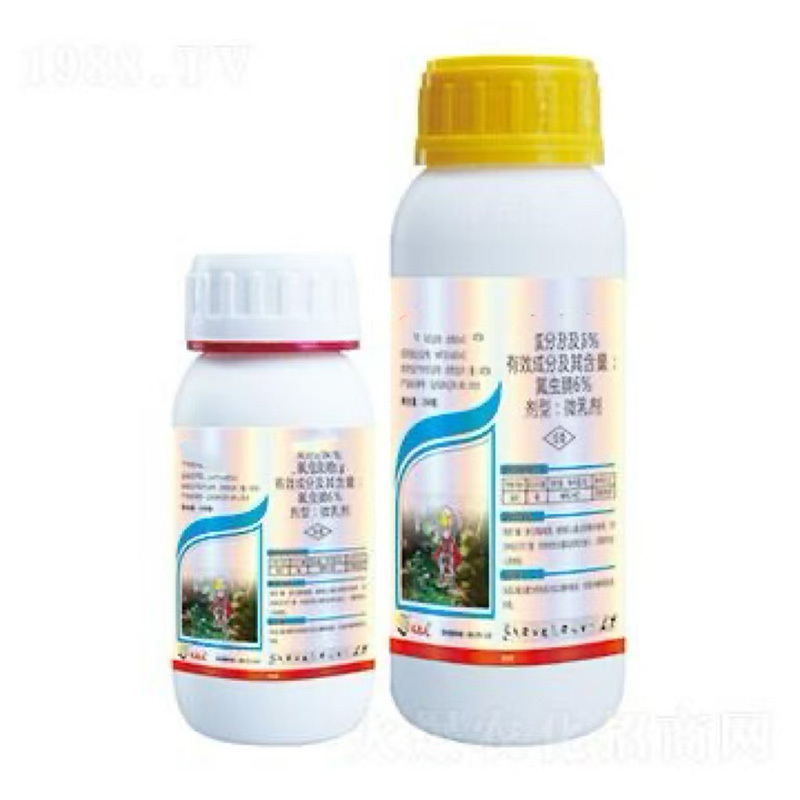Insect Growth Regulators: Enhancing Plant Resilience Against Pests
Time
2025-11-17
Insect Growth Regulators: Enhancing Plant Resilience Against Pests Introduction to Insect Growth Regulators (IGRs) In recent years, the agricultural industry has witnessed an increasing reliance on **Insect Growth Regulators (IGRs)** as a sustainable approach to pest management. Unlike traditional insecticides, which often kill pests instantly, IGRs disrupt the developmental processes of insects,
Insect Growth Regulators: Enhancing Plant Resilience Against Pests
Introduction to Insect Growth Regulators (IGRs)
In recent years, the agricultural industry has witnessed an increasing reliance on **Insect Growth Regulators (IGRs)** as a sustainable approach to pest management. Unlike traditional insecticides, which often kill pests instantly, IGRs disrupt the developmental processes of insects, targeting their growth and reproduction. This article explores how IGRs enhance plant resilience against pests, offering a more eco-friendly alternative for managing agricultural challenges.
Understanding the Science Behind IGRs
What Are Insect Growth Regulators?
Insect Growth Regulators are synthetic or natural substances that interfere with the normal growth and development of insects. They mimic the effects of hormones in pests, leading to the disruption of their life cycle. This can prevent insects from maturing, reproducing, or molting effectively.
Types of IGRs and Their Mechanism of Action
IGRs can be categorized into several types based on their chemical structure and mode of action:
1. **Chitin Synthesis Inhibitors**: These IGRs hinder the formation of chitin, an essential component of the insect exoskeleton. Without chitin, insects cannot molt and grow.
2. **Juvenile Hormone Analogues**: These substances mimic juvenile hormones, preventing insects from reaching maturity and reproducing.
3. **Ecdysteroid Agonists**: These act as agonists to ecdysteroids, hormones responsible for regulating molting. They induce premature molting, leading to the death of the insect.
Each class of IGR has a unique way of affecting the insect lifecycle, but all share the common goal of reducing pest populations and minimizing crop damage.
The Role of IGRs in Enhancing Plant Resilience
Reducing Pest Pressure on Plants
By targeting the developmental stages of pests, IGRs effectively minimize their populations. This reduction in pest pressure translates to healthier plants that can allocate more resources toward growth and productivity rather than defense mechanisms against pests.
Promoting Beneficial Insects
Unlike broad-spectrum insecticides, IGRs pose less risk to beneficial insects. By maintaining the populations of natural predators and pollinators, IGRs contribute to a balanced ecosystem that supports plant health. This balance enhances the resilience of crops against pests by leveraging natural pest control methods.
Application of IGRs in Agriculture
Integrating IGRs into Pest Management Strategies
Implementing IGRs requires a strategic approach. Here are several ways to integrate IGRs into existing pest management strategies:
1. **Rotation with Traditional Insecticides**: To prevent pest resistance, alternate the use of IGRs with conventional insecticides. This strategy keeps pest populations in check while minimizing the risk of developing resistance.
2. **Targeting Specific Growth Stages**: IGRs are most effective when applied at specific times in the insect's life cycle. Monitoring pest populations and applying IGRs during critical developmental windows enhances their efficacy.
3. **Combination with Cultural Practices**: Incorporating IGRs with cultural practices—such as crop rotation, intercropping, and maintaining soil health—can further improve plant resilience and yield.
Application Methods of IGRs
The efficacy of IGRs is also dependent on the application method. Common methods include:
- **Foliar Sprays**: Targeting the leaves where pests are likely to feed.
- **Soil Applications**: Allowing plants to uptake IGRs through their root systems, providing systemic protection against pests.
- **Granular Formulations**: These can be applied to the soil, releasing IGRs over time to target pests in the soil.
Benefits of Using IGRs in Crop Production
Minimizing Environmental Impact
IGRs offer a lower environmental risk compared to traditional insecticides. They are less likely to contaminate soil and water sources and exhibit reduced toxicity to non-target organisms. This environmental safety aligns with sustainable agricultural practices.
Improving Crop Yields
By effectively managing pest populations and enhancing plant health, IGRs contribute to increased crop yields. Healthier plants are more productive, leading to better economic returns for farmers.
Enhancing Food Quality and Safety
The responsible use of IGRs leads to healthier crops with fewer pesticide residues. This is particularly important as consumer demand for organic and sustainably produced foods continues to rise.
Challenges and Considerations in Using IGRs
Resistance Management
As with any pest management tool, the potential for resistance development exists. Integrated Pest Management (IPM) strategies should be employed to mitigate this risk. Regular monitoring and rotating different classes of IGRs can help maintain their effectiveness.
Cost Implications for Farmers
The initial investment in IGR products may be higher than traditional insecticides. However, the long-term benefits—including reduced application frequency and improved crop yields—often justify the expense.
Frequently Asked Questions (FAQs)
1. Are IGRs safe for use in organic farming?
IGRs can be used in organic farming if they are derived from natural sources and approved by organic certification bodies.
2. How do I know which IGR to choose for my crops?
Selecting the right IGR depends on the specific pests affecting your crops and their developmental stages. Consulting with agricultural extension services or pest management professionals can provide tailored recommendations.
3. Can IGRs be used in combination with other pesticides?
Yes, IGRs can often be used alongside other pesticides. However, it's essential to follow label instructions and consult with pest management experts to avoid negative interactions.
4. How long does it take for IGRs to show results?
The time required for IGRs to show results varies depending on the pest and environmental conditions. Generally, results may be observed within a few days to a few weeks after application.
5. Are there any side effects of using IGRs?
When used correctly, IGRs are generally safe for non-target organisms. However, improper application can lead to unintended consequences, so it's crucial to follow application guidelines carefully.
Conclusion
Insect Growth Regulators represent a significant advancement in pest management, offering a sustainable and effective means to enhance plant resilience against pests. By disrupting the life cycles of harmful insects and promoting the health of beneficial organisms, IGRs not only safeguard crops but also support the broader ecosystem. As the agricultural landscape continues to evolve, integrating IGRs into pest management strategies will be essential for achieving sustainable and productive farming practices. Adopting these innovative solutions can lead to healthier crops, improved yields, and a minimal environmental footprint, positioning farmers for success in an increasingly competitive market.
Latest News






